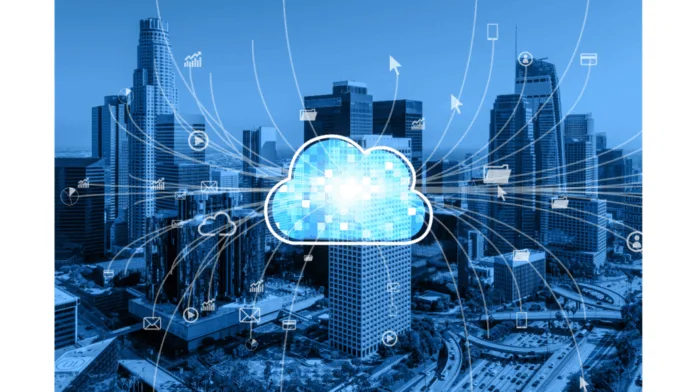
The tech landscape is undergoing a massive transformation as organisations seek faster, more efficient, and decentralised ways to process and manage data. One of the most compelling evolutions is the growing debate of Edge Computing vs Cloud Computing, which is shaping the future of how digital infrastructure operates. While cloud computing has long been the cornerstone of IT architecture, edge computing is now emerging as a powerful alternative that brings computation closer to the source of data.
This shift isn’t just about performance—it’s about enabling smarter devices, reducing latency, enhancing security, and offering real-time decision-making in industries ranging from healthcare and finance to manufacturing and smart cities.
What Is Edge Computing?
Edge computing is a distributed IT framework that brings data processing and storage closer to the physical location where it is needed, rather than relying solely on a centralised cloud data centre. The term “edge” refers to the literal edge of the network—where sensors, IoT devices, and users reside.
Unlike traditional cloud computing, which routes data through a central server often located far from the device, edge computing processes data locally or at nearby edge servers. This local processing drastically cuts down on the time it takes to analyse and act on information, making it ideal for real-time applications.
Edge Computing vs Cloud Computing: Key Differences
Latency
Cloud computing suffers from higher latency due to the distance data must travel. Edge computing eliminates this issue by reducing the distance, offering near-instantaneous responses.Bandwidth Optimisation
With edge computing, only necessary data is sent to the cloud for long-term storage, easing network congestion and reducing bandwidth costs.Data Privacy and Security
Edge computing enables data to be processed locally, which enhances privacy and offers better compliance with data protection laws.Reliability
In remote or offline environments, edge systems can continue operating independently of cloud connectivity, increasing uptime and resilience.
Why Is Edge Computing Gaining Traction in 2025?
Several driving forces are accelerating the adoption of edge computing:
Explosion of IoT Devices: With billions of sensors, wearables, and smart appliances generating data, edge computing ensures these devices remain responsive without needing to send all data to the cloud.
5G Connectivity: The rollout of 5G networks supports faster data transmission and amplifies the effectiveness of edge computing.
AI at the Edge: Real-time analytics powered by edge-deployed AI models are transforming fields like predictive maintenance, autonomous driving, and smart surveillance.
Regulatory Pressure: Data sovereignty laws and stricter compliance standards require that sensitive data remain within local jurisdiction, a core strength of edge computing.
Industries Benefiting from Edge Computing
1. Healthcare
Real-time patient monitoring and medical imaging benefit from low-latency processing, allowing faster diagnostics and treatment decisions.
2. Manufacturing
Smart factories use edge computing for predictive maintenance, quality control, and robotics, reducing downtime and enhancing productivity.
3. Retail
Edge systems power in-store analytics, dynamic pricing, and inventory management to improve customer experience and reduce operational costs.
4. Autonomous Vehicles
Edge computing is essential for processing data from cameras, LIDAR, and sensors in real time, ensuring safe and efficient driving.
5. Smart Cities
From traffic management to environmental monitoring, edge solutions help local governments make real-time decisions without relying on distant data centres.
Challenges of Edge Computing
While the rise of edge computing offers immense benefits, it’s not without its challenges:
Infrastructure Investment: Implementing edge nodes and managing distributed systems requires significant upfront investment.
Security Complexity: More endpoints mean a broader attack surface. Edge systems must be equipped with robust security protocols.
Management Overhead: Maintaining and updating decentralised infrastructure can be complex without the right automation tools.
The Hybrid Future: Edge and Cloud Working Together
The debate of Edge Computing vs Cloud Computing isn’t necessarily about replacement, but rather about balance and integration. A hybrid model that combines the scalability of the cloud with the responsiveness of edge computing is emerging as the preferred architecture.
This hybrid approach allows businesses to maintain centralised control for high-volume storage and analysis while leveraging edge nodes for real-time responsiveness and local processing.
Conclusion
The crown of cloud computing isn’t falling, but it is certainly being shared. Edge computing is proving itself as a complementary force, expanding the capabilities of digital systems by decentralising data processing. As technologies like AI, 5G, and IoT continue to evolve, the Edge Computing vs Cloud Computing conversation will only grow more relevant—offering exciting opportunities for innovation across all sectors.